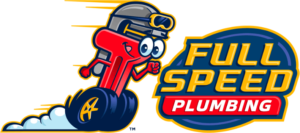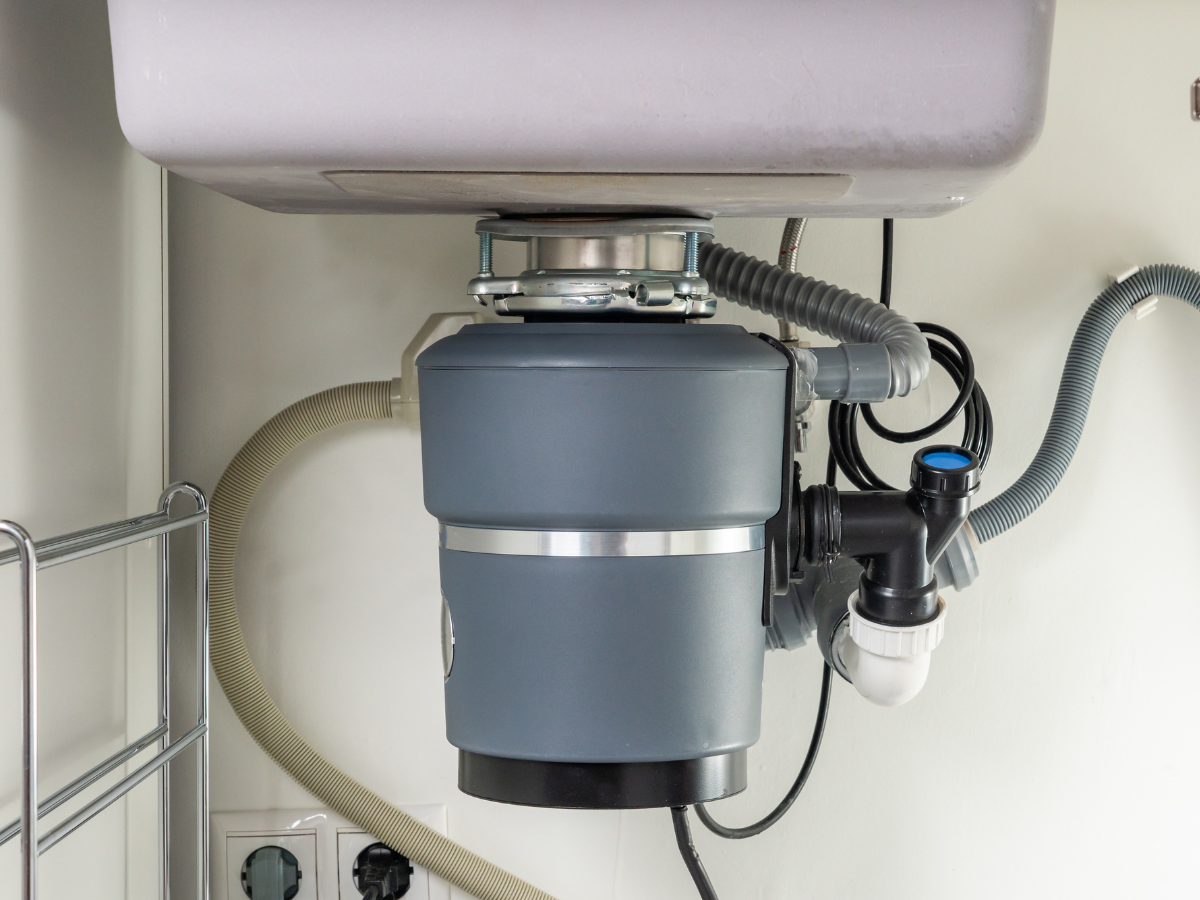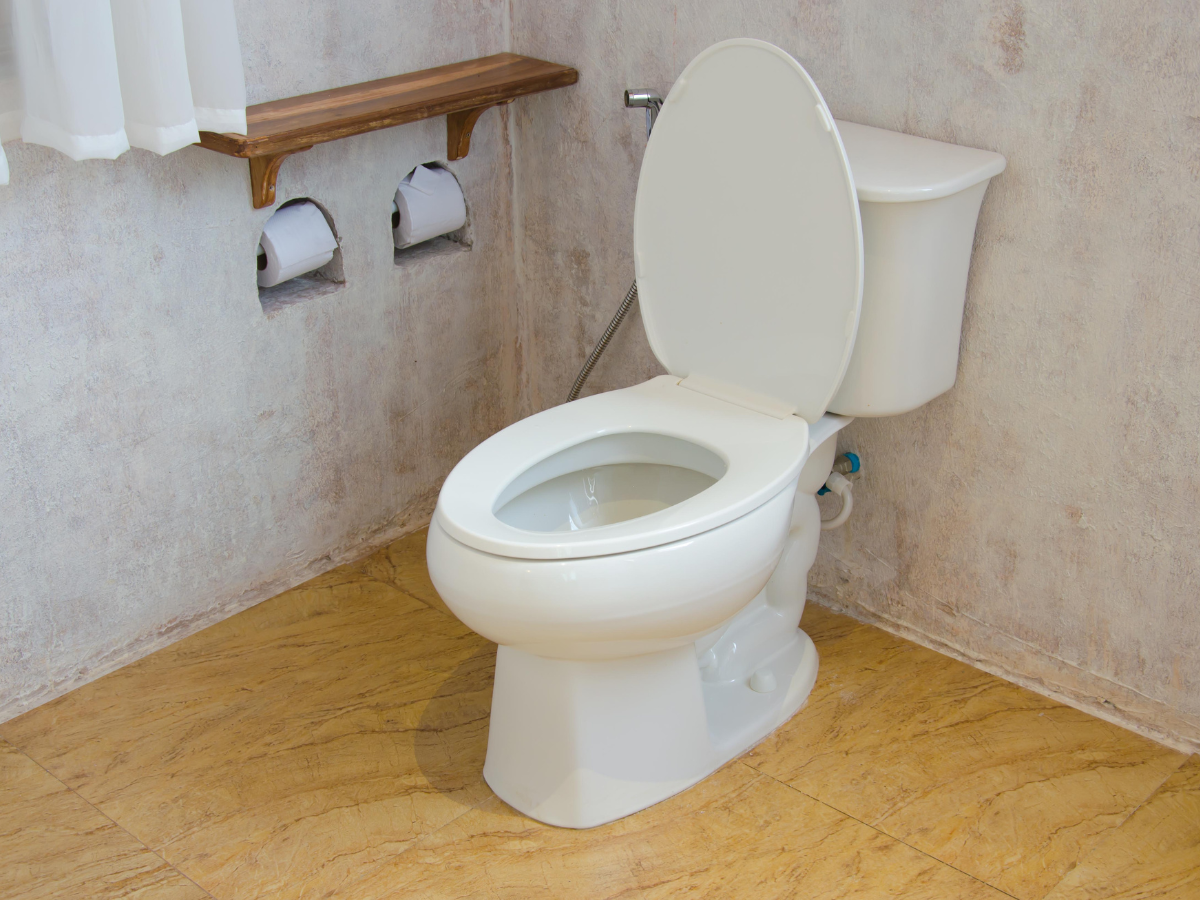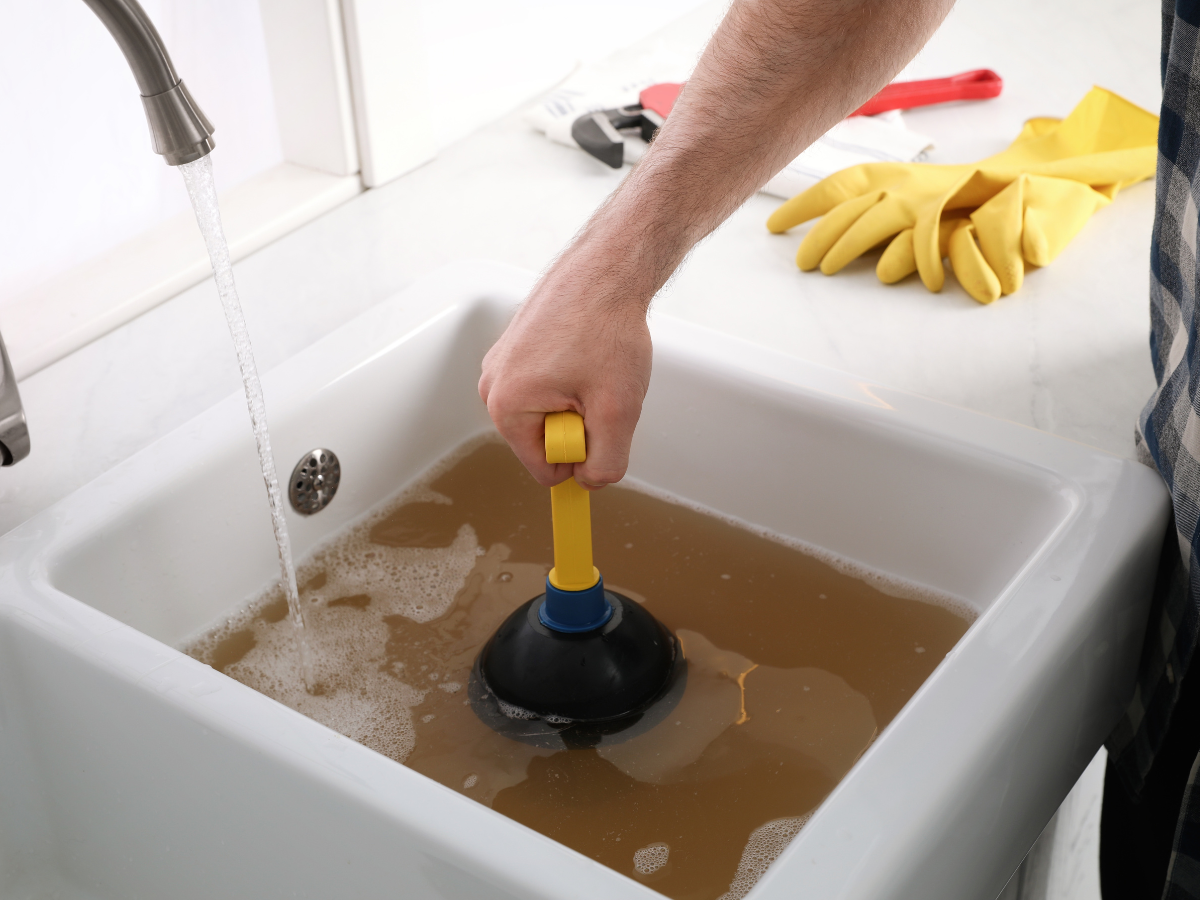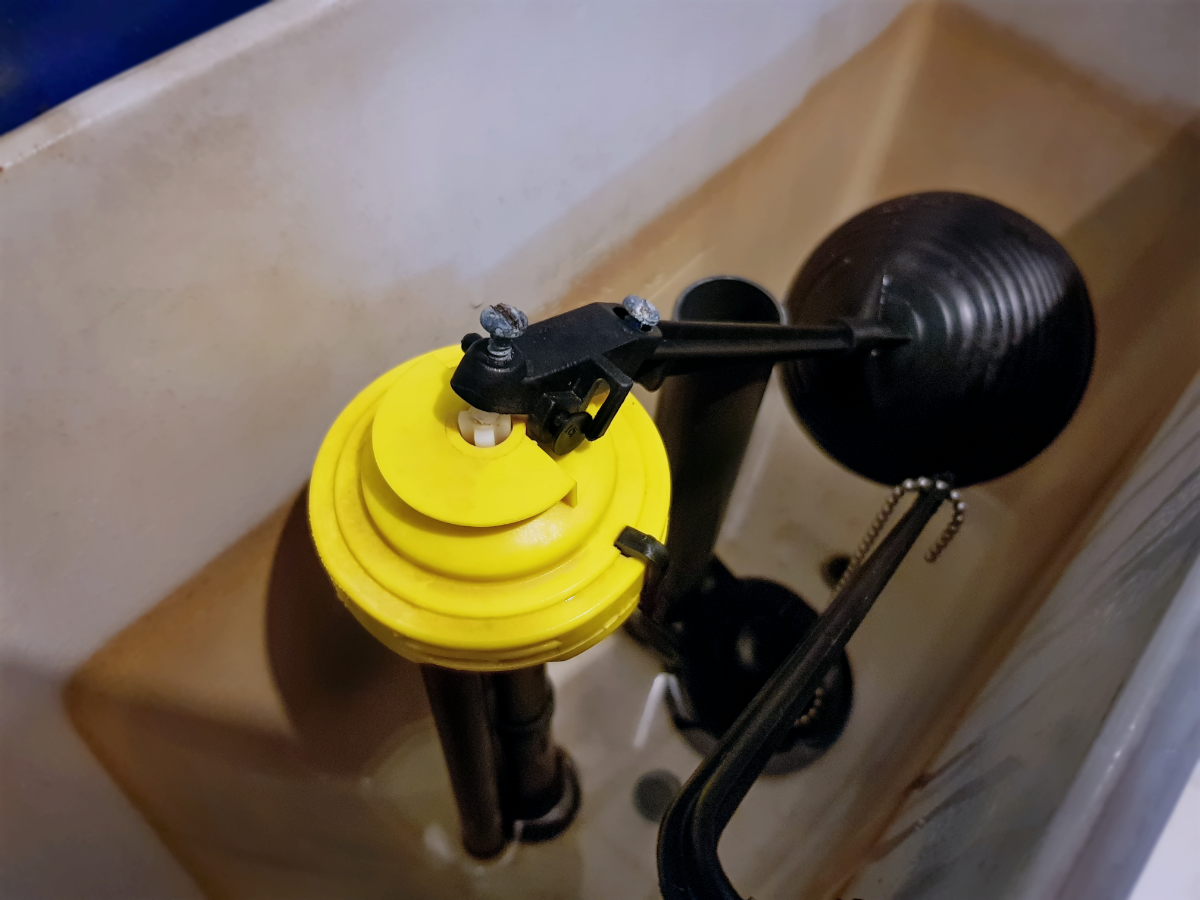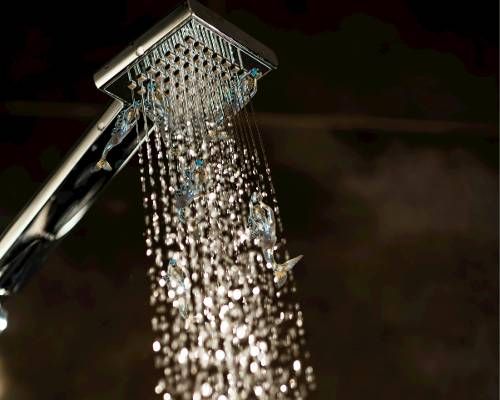How to Locate Your Main Sewer Line
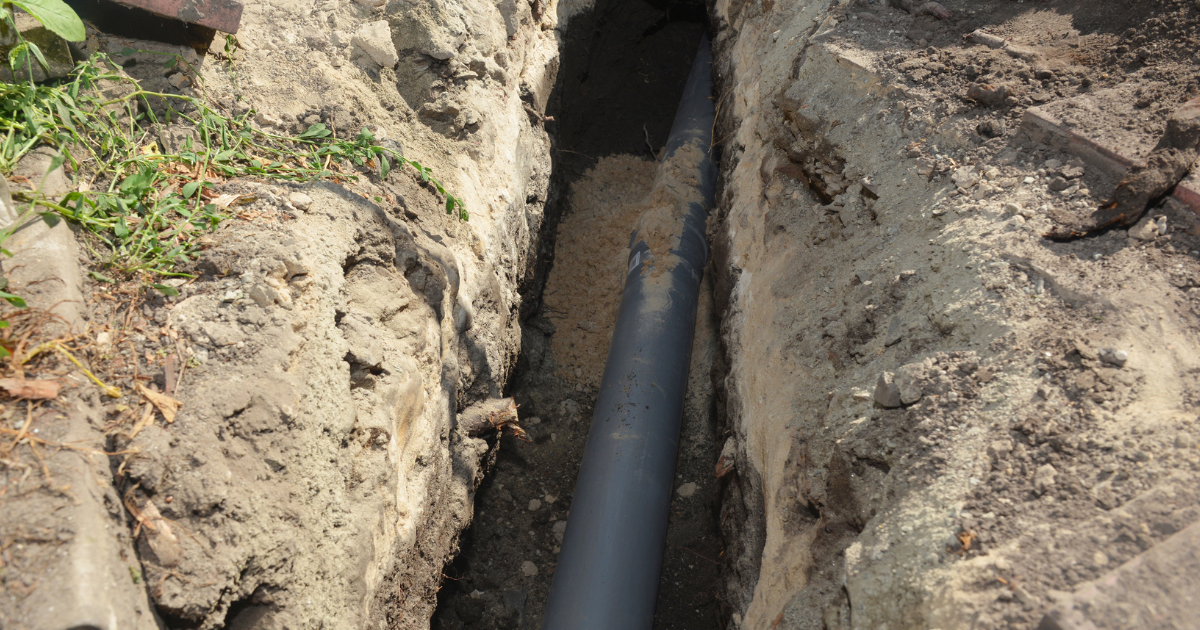
Identifying the location of your main sewer line is an important project that often gets overlooked until a problem arises. Full Speed Plumbing is here to emphasize the importance of knowing where your main sewer line is situated and how regular inspection can save you time, money, and an enormous amount of inconvenience down the line.
As a homeowner, understanding the placement of your main sewer line can help prevent accidental damage during home improvements and allows for quicker, more efficient responses when issues occur. Moreover, regular inspection can identify potential problems before they become serious, helping to maintain the longevity of your plumbing system and keep it in tip-top shape.
Remember, prevention is always better than cure, and that applies to your sewer lines, too. So, let’s dive into the process of finding your main sewer line.
What is a Sewer Line?
A sewer line is an essential component of your home’s plumbing system. It’s a large pipe that carries wastewater from your house — everything from your showers, sinks, and toilets—out to the city sewer main line or a septic tank.
Components of a Sewer Line
The primary components of a sewer line include:
- Main Drain Pipe: This is the heart of the sewer line, which facilitates wastewater transportation from your building to the local treatment facility or septic system.
- Vent Stacks: These vertical pipes allow sewer gases to escape your plumbing system and safely maintain proper drainage flow.
- Cleanouts: These are access points that allow for easy maintenance and cleaning of your sewer line to prevent or clear blockages.
Types of Sewer Lines
There are typically two types of sewer lines:
- Municipal Sewer Lines: These are connected to a city or town’s main sewer system. They’re typically found in urban and suburban areas where homes are close together.
- Septic Systems: These are individual sewage treatment systems used in areas where municipal sewer lines aren’t available. Septic systems utilize nature and technology to treat wastewater from household plumbing.
By understanding these basics, you’ll be better equipped to maintain your home’s plumbing system and address any issues that might arise.
Steps to Locate a Sewer Line on Residential Properties
Now that you have a basic understanding of sewer pipes, it’s time to learn how to locate them on residential properties. Here’s a thorough, step-by-step guide that you can reference during the process:
Safety First
Before starting the process, always remember safety should be your top priority. Wearing high-quality protective gear, like gloves and safety glasses, is beneficial, as it helps you protect yourself from potential hazards. Ensure you’re not working in a high-traffic area with a higher risk of accidents.
Ground Penetrating Radar (GPR)
GPR is a non-destructive method that is used to detect sewer lines. It uses radar pulses to create an image of the subsurface. This can be an effective and safe way to locate your sewer line without any digging.
Use a Sewer Line Camera
A sewer camera is an innovative tool for visually inspecting your sewer line. The camera is attached to a cable, and the live video feed can be viewed on an attached monitor. This can help identify blockages and damage and confirm the location of your sewer line.
Pipeline Locators
These gadgets can detect the metallic signals from underground pipe systems, accurately revealing their location. They’re especially useful for tracing older sewer lines.
Professional Help
If you are unsure or uncomfortable doing this by yourself, seeking professional service is always a viable option. Plumbers have the training and the right tools to locate your main sewer line efficiently and safely.
Locating your main sewer line is a vital part of home maintenance. You can prevent potential damage and costly repairs by using the right tools and techniques and observing the necessary safety measures.
Common Signs of Sewer Line Problems
Recognizing the early signs of sewer line damage or blockage can save you from more significant issues down the line. While these signs can vary, certain common indicators suggest a problem with your sewer line.
- Slow Drains and Recurrent Clogs: An obvious sign of a sewer line problem is slow drainage in your sinks, bathtubs, or showers. If you notice that water isn’t flowing down your drains as quickly as it usually does, or if clogs keep recurring despite your best efforts to clear them, it might indicate a problem with your main sewer line.
- Foul Odors and Sewage Backup: An unpleasant odor emanating from your drains is another clear sign of a possible sewer line issue. The smell is typically a sewage-like odor. If the problem is severe, you might even experience sewage backup in your toilets or drains.
- Soggy Spots or Sinkholes in The Yard: Your lawn can also give you indicators of a sewer line issue. If you notice soggy patches of grass or unexplained sinkholes, it might be due to a leak in your sewer line, causing wastewater to seep into your yard.
If you encounter any of these signs, contacting a professional plumber is crucial. They can conduct a thorough inspection and repair any issues, protecting the health of your home and family, and potentially saving you significant repair costs in the long term.
How to Locate Your Main Sewer Line – Conclusion
In conclusion, understanding your home’s plumbing system, particularly the sewer line, is an integral part of maintaining a healthy, safe, and efficient household.
From identifying the signs of a damaged or clogged line to knowing how to locate and understand the essential components of a sewer line, you are now equipped with the knowledge to handle minor issues and prevent significant, costly damages.
However, it’s always best to rely on trusted professionals for matters beyond your grasp. If you encounter any of these signs, don’t hesitate to reach out to Full Speed Plumbing—the technicians you can trust for any plumbing project.
Our expert team has the knowledge, tools, and experience to ensure your home’s plumbing system is in top condition. Choose peace of mind. Choose Full Speed Plumbing for all your plumbing needs; we guarantee we can get the job done.
Give us a telephone call for more information.
